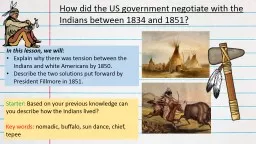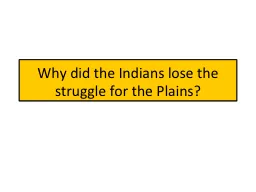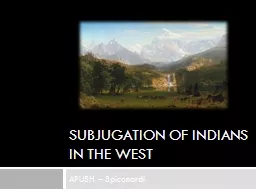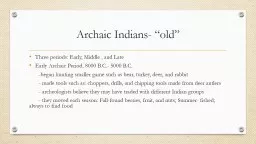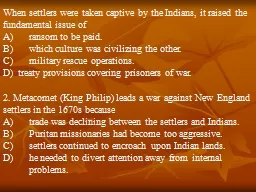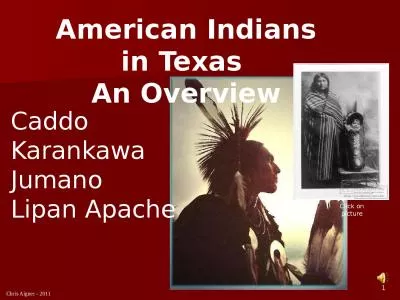PPT-How did the US government negotiate with the Indians between 1834 and 1851?
Author : luanne-stotts | Published Date : 2018-11-03
In this lesson we will Explain why there was tension between the Indians and white Americans by 1850 Describe the two solutions put forward by President Fillmore
Presentation Embed Code
Download Presentation
Download Presentation The PPT/PDF document "How did the US government negotiate with..." is the property of its rightful owner. Permission is granted to download and print the materials on this website for personal, non-commercial use only, and to display it on your personal computer provided you do not modify the materials and that you retain all copyright notices contained in the materials. By downloading content from our website, you accept the terms of this agreement.
How did the US government negotiate with the Indians between 1834 and 1851?: Transcript
Download Rules Of Document
"How did the US government negotiate with the Indians between 1834 and 1851?"The content belongs to its owner. You may download and print it for personal use, without modification, and keep all copyright notices. By downloading, you agree to these terms.
Related Documents

